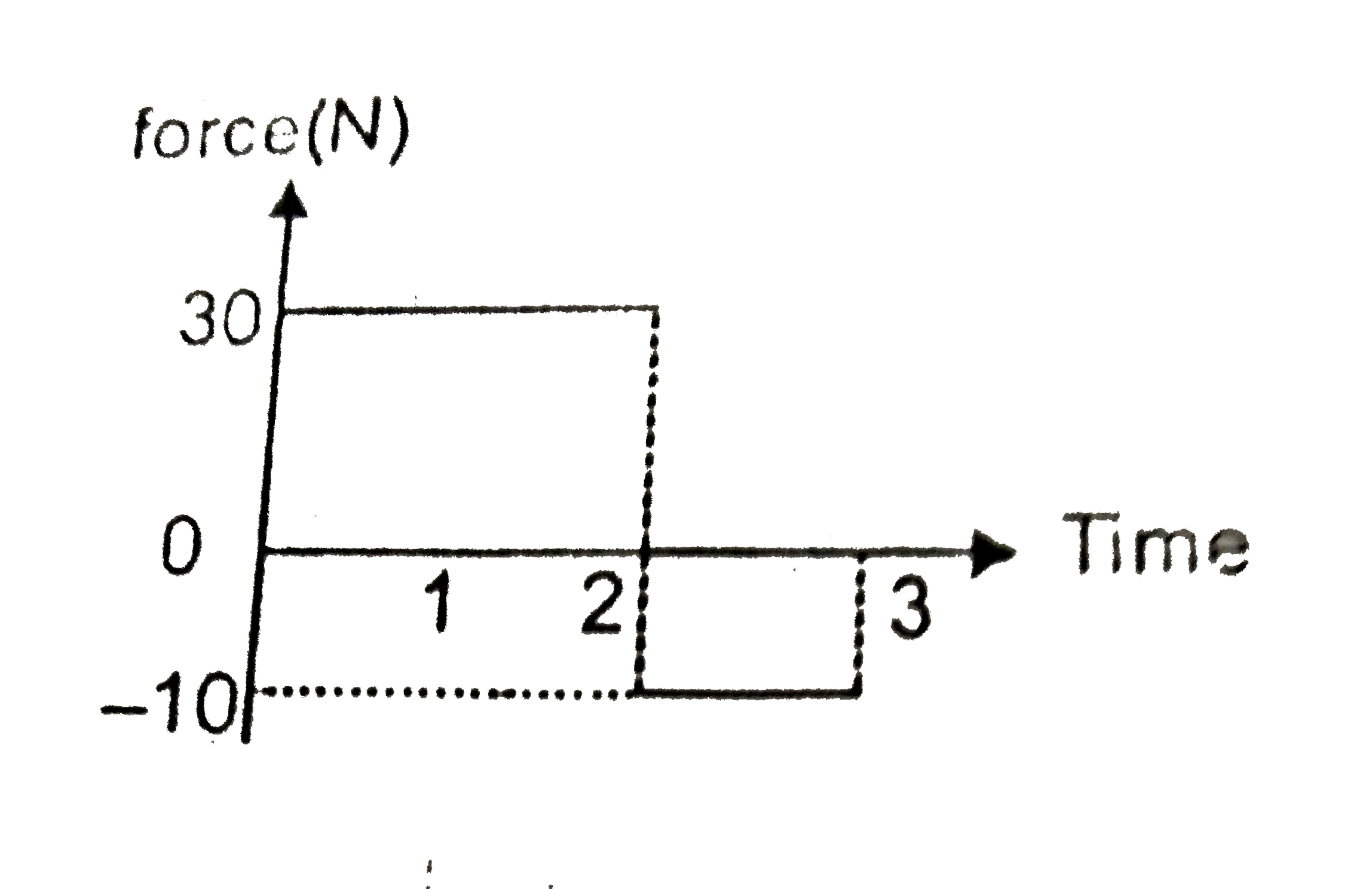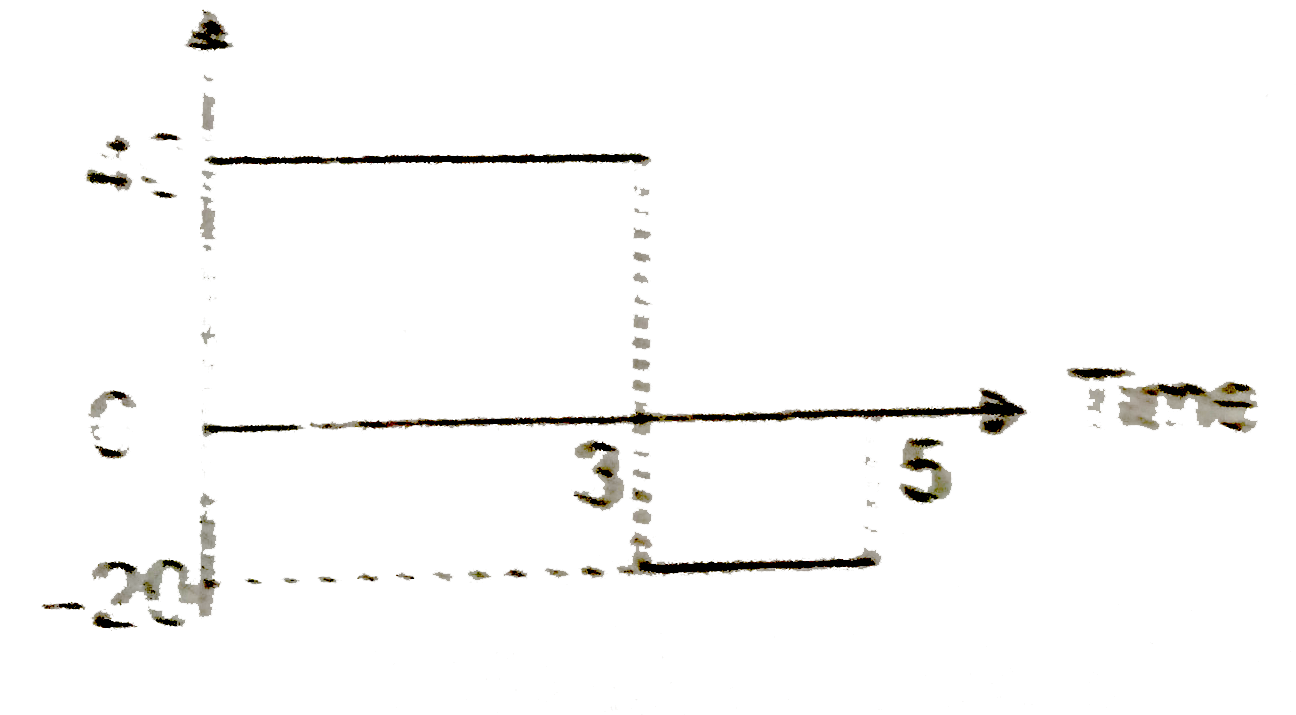A body is acted upon by balanced forces
If it is in rest only
If it is moving with constant speed
If even number of forces are acting on it
If it is not acceleraating
To solve the problem of a body acted upon by balanced forces, we can follow these steps:
Step 1: Understand the Concept of Balanced Forces
Balanced forces are forces that are equal in magnitude but opposite in direction. When a body is acted upon by balanced forces, the net force acting on the body is zero.
Step 2: Write the Equation for Net Force
The net force Fnet acting on the body can be expressed as:
Fnet=m⋅a
where m is the mass of the body and a is the acceleration.
Step 3: Set the Net Force to Zero
Since the forces are balanced, we can set the net force to zero:
Fnet=0
Step 4: Relate Net Force to Acceleration
From the equation Fnet=m⋅a, we substitute Fnet=0:
0=m⋅a
Step 5: Analyze the Implications
Since the mass m cannot be zero (as it is a physical quantity), we conclude that:
a=0
This means that the acceleration of the body is zero.
Step 6: Determine the Implications for Velocity
If the acceleration is zero, it implies that the velocity v of the body is constant. Mathematically, acceleration is the derivative of velocity with respect to time:
a=dvdt=0
This means that the velocity v must be constant.
Step 7: Consider the Possible States of the Body
The constant velocity can take two forms:
1. The body is at rest, which means v=0.
2. The body is moving with a uniform speed, which means v is a non-zero constant.
Conclusion
From the analysis, we can conclude:
- If the body is at rest, then option 1 is correct.
- If the body is moving with uniform speed, then option 2 is correct.
- Since the net force is zero, option 4 is also correct.
However, we cannot definitively comment on option 3 without additional information about the nature of the forces acting on the body.
Final Answer
The correct options are:
- Option 1: The body is at rest.
- Option 2: The body is moving with uniform speed.
- Option 4: The net force acting on the body is zero.
Balanced forces are forces that are equal in magnitude but opposite in direction. When a body is acted upon by balanced forces, the net force acting on the body is zero.
The net force Fnet acting on the body can be expressed as:
Fnet=m⋅a
where m is the mass of the body and a is the acceleration.
Since the forces are balanced, we can set the net force to zero:
Fnet=0
From the equation Fnet=m⋅a, we substitute Fnet=0:
0=m⋅a
Since the mass m cannot be zero (as it is a physical quantity), we conclude that:
a=0
This means that the acceleration of the body is zero.
If the acceleration is zero, it implies that the velocity v of the body is constant. Mathematically, acceleration is the derivative of velocity with respect to time:
a=dvdt=0
This means that the velocity v must be constant.
The constant velocity can take two forms:
1. The body is at rest, which means v=0.
2. The body is moving with a uniform speed, which means v is a non-zero constant.
From the analysis, we can conclude:
- If the body is at rest, then option 1 is correct.
- If the body is moving with uniform speed, then option 2 is correct.
- Since the net force is zero, option 4 is also correct.
The correct options are:
- Option 1: The body is at rest.
- Option 2: The body is moving with uniform speed.
- Option 4: The net force acting on the body is zero.
Topper's Solved these Questions
- LAWS OF MOTIONBOOK - AAKASH INSTITUTE ENGLISHCHAPTER - LAWS OF MOTIONEXERCISE - Assignment (SECTION-A)
65 Videos
- LAWS OF MOTIONBOOK - AAKASH INSTITUTE ENGLISHCHAPTER - LAWS OF MOTIONEXERCISE - Assignment (SECTION-B)
44 Videos
- LAWS OF MOTIONBOOK - AAKASH INSTITUTE ENGLISHCHAPTER - LAWS OF MOTIONEXERCISE - Example
24 Videos
- KINETIC THEORYBOOK - AAKASH INSTITUTE ENGLISHCHAPTER - KINETIC THEORYEXERCISE - EXERCISE (ASSIGNMENT) SECTION - D Assertion - Reason Type Questions
10 Videos
- MAGNETISM AND MATTER BOOK - AAKASH INSTITUTE ENGLISHCHAPTER - MAGNETISM AND MATTER EXERCISE - ASSIGNMENT (SECTION D)
26 Videos
Similar Questions
A body is acted upon by two forces each of magnitude F, but in opposite directions. State the effect of the forces if
(a) both forces act at the same point of the body.
(b) the two forces act at two different points of the body at a separation?
View SolutionA body is acted upon by a force. If work done by the force is zero, then which of the following is (are) possible?
View Solution
Knowledge Check
A body is acted upon by two unequal forces in opposite directions, but not in the same line. The effect is that:
A(a) the body will only have rotation motionB(b) the body will only have translational motionC(c) the body will have neither rotational motion nor translational motionD(d) the body will have rotational as well as translational motion
A body is acted upon by a force.State two conditions when the work done is zero.
View SolutionA body is acted upon by a force which is inversely proportional to the distance covered. The work done will be proportional to
View SolutionState two conditions for a body, acted upon by several forces, to be in equilibrium.
View SolutionStarting at rest , a10kg object is acted upon by only one force as indicated in figure. Then the total work done by the force is :

View SolutionA body ,when acted upon by a force of 10 khf , get displaced by 0.5 m.Calculate the work done by the force,when the displacement is (i) in the direction of force ,(ii)at an angle 60∘ with the force ,and (iii)normal to the force ,(g=10 N kg−1)
View SolutionStarting from rest a 10 kg object is acted upon by only one force as indicated in figure. Then the total work done by the force in 5 seconds is

View SolutionA body is acted on by a force given by F = (10+2t) N. The impulse received by the body during the first four seconds is
View Solution
